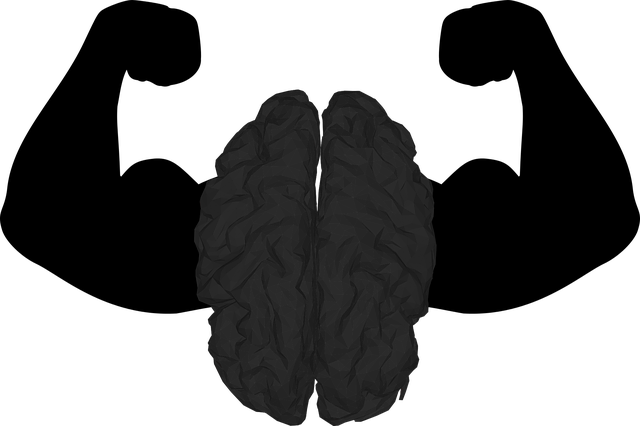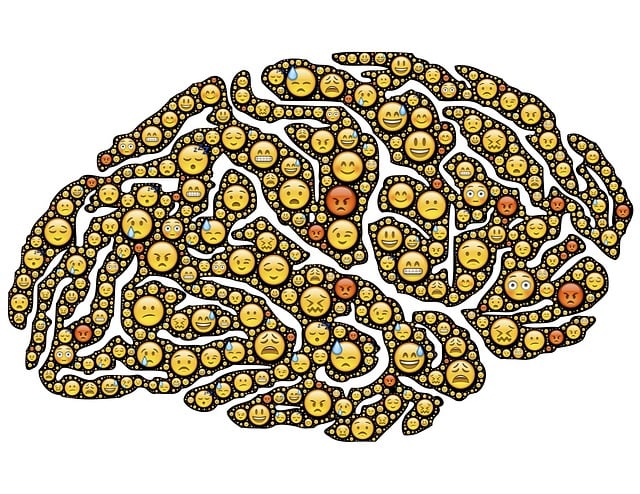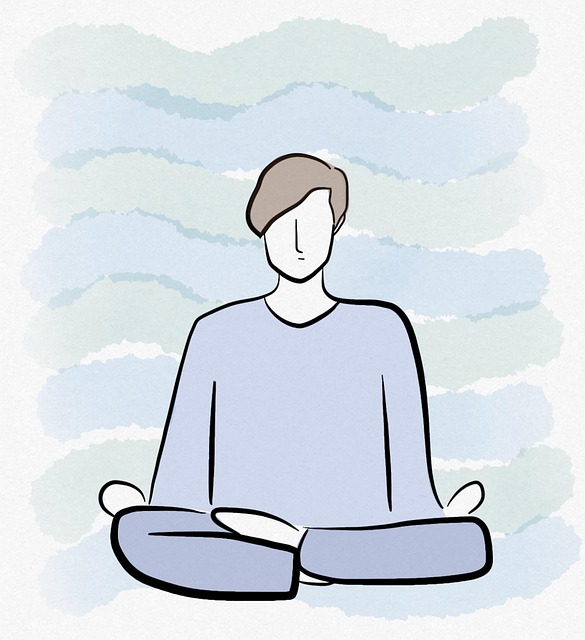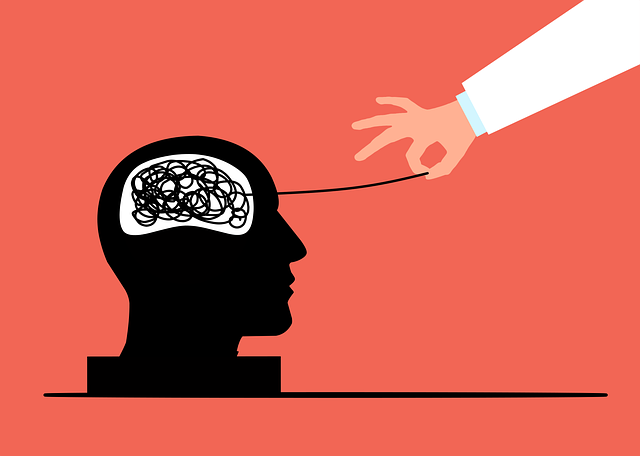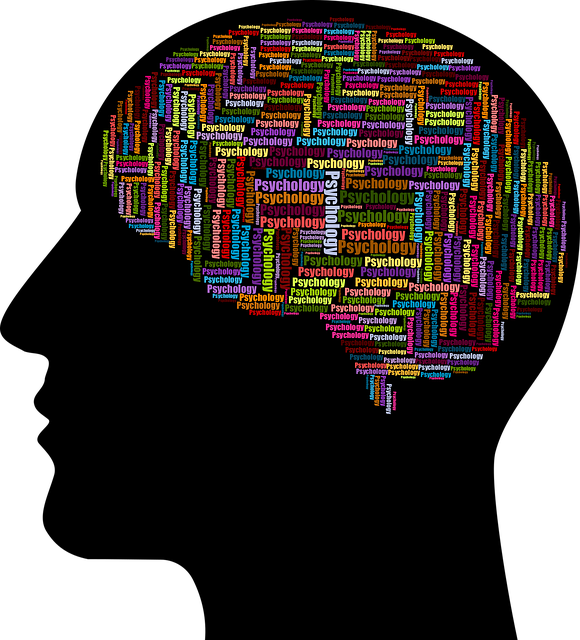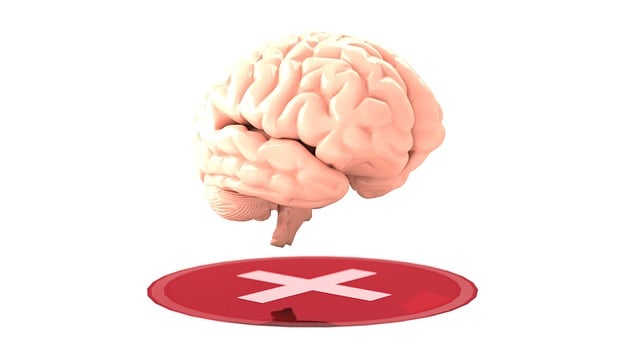The media's portrayal of mental health significantly impacts societal understanding and adolescent perceptions of anxiety. Accurate, sensitive depictions encourage therapy-seeking, fostering self-esteem and dialogue. Negative or stigmatizing media increases fear and isolation, deterring support. By showcasing diverse characters with mental health challenges, advocating for improved healthcare provider training, and normalizing conversations about anxiety, the media can break down barriers to therapy for adolescent teens with anxiety. Public awareness campaigns play a crucial role in encouraging teens to speak up. To combat stereotypes, media should prioritize authenticity, sensitivity, and positive narratives, destigmatizing mental illness and empowering seekers with evidence-based psychotherapy interventions tailored to their needs.
Mental illness representation in media significantly influences public perception and mental health awareness. This article delves into the impact of media portrayals on adolescents, highlighting how stereotypes and misconceptions can affect those struggling with anxiety. We explore strategies for accurate and empowering representation, emphasizing the role of therapy in addressing media misperceptions. By understanding these dynamics, we can foster more nuanced narratives that support and educate young people seeking therapy for adolescent teens with anxiety.
- Understanding the Impact of Media Portrayals on Mental Health Awareness
- Identifying Stereotypes and Misconceptions in Popular Culture
- Strategies for Accurate and Empowering Representation
- The Role of Therapy in Addressing and Correcting Media Misconceptions Targeting Adolescent Teens with Anxiety
Understanding the Impact of Media Portrayals on Mental Health Awareness

The media has a significant influence on shaping societal perceptions and understanding of mental health. Portrayals of mental illness in films, television shows, and news outlets can either foster awareness and empathy or perpetuate harmful stereotypes. When media presents mental health conditions accurately and with sensitivity, it can encourage teens struggling with anxiety to seek therapy and promote better self-esteem. Conversely, negative or stigmatizing depictions may lead to increased fear, isolation, and a reluctance to access much-needed support.
For example, showing adolescents undergoing therapy as weak or dangerous can deter others from seeking professional help. On the other hand, media platforms can play a crucial role in breaking down barriers by showcasing diverse characters with mental health challenges, highlighting their resilience, and advocating for better healthcare provider cultural competency training. Public awareness campaigns that focus on normalizing conversations about anxiety and other mental health issues can also lead to more open dialogues, encouraging teens to speak up and seek the assistance they require for a healthier future.
Identifying Stereotypes and Misconceptions in Popular Culture

In popular culture, mental illness is often depicted through stereotypes and misconceptions that perpetuate harmful ideas. Teenagers facing anxiety, for instance, are frequently portrayed as either intensely vulnerable or completely resilient, with little room for the nuanced experiences in between. These one-dimensional portrayals fail to capture the complexity of mental health struggles, hindering understanding and empathy among the audience. Moreover, media often overlooks the effectiveness of professional support like therapy for adolescent teens anxiety, instead favoring dramatic storylines that emphasize the perceived failures of treatment.
The absence of realistic representation creates a void in public awareness, fostering misconceptions about what constitutes normal emotional responses versus signs of deeper issues. It’s crucial to challenge these stereotypes and showcase the transformative power of therapy and mental wellness journaling exercises. By presenting balanced narratives that include the journey towards mood management and anxiety relief, media can play a pivotal role in destigmatizing mental illness, offering guidance for those seeking support while validating the experiences of those already navigating their path to mental health.
Strategies for Accurate and Empowering Representation

To achieve accurate and empowering representation of mental illness in media, creators should focus on authenticity and sensitivity. This involves consulting with mental health professionals to ensure the portrayal of symptoms, treatments, and recovery paths is realistic and avoids perpetuating harmful stereotypes. Incorporating characters who are diverse in their experiences, identities, and backgrounds can also help reflect the wide range of people affected by mental illness.
Additionally, promoting compassion cultivation practices through storytelling can foster understanding and reduce stigma. Depicting characters who show empathy, offer support, and challenge internalized negative beliefs can inspire viewers to be more accepting. Encouraging open conversations about mental health, especially for issues like adolescent teen anxiety, is crucial to destigmatization efforts. By integrating these strategies, media platforms can contribute significantly to Mental Illness Stigma Reduction Efforts while enhancing Mental Health Awareness.
The Role of Therapy in Addressing and Correcting Media Misconceptions Targeting Adolescent Teens with Anxiety

Media portrayal of mental illness often perpetuates misconceptions and stereotypes, particularly when it comes to adolescent teens suffering from anxiety. Therapy plays a pivotal role in addressing these issues by providing an opportunity to challenge and correct these misrepresentations. Through psychotherapy, adolescents can learn effective coping mechanisms, develop healthier thought patterns, and enhance their emotional resilience.
Targeted interventions focus on promoting mental wellness and emotional well-being. Therapists employ evidence-based techniques to help teens manage anxiety symptoms, fostering self-care practices that are tailored to their unique needs. This proactive approach not only corrects media misconceptions but also empowers adolescents with the skills to navigate their mental health journeys more effectively, ensuring they receive the support needed for a more accurate and positive representation in the media landscape.
Media representation plays a pivotal role in shaping public perception about mental health, particularly among adolescents. By identifying and challenging stereotypes, we can foster accurate understanding and reduce the stigma surrounding mental illness. Implementing strategies for empowering representation, such as authentic storytelling and expert consultation, is crucial. Furthermore, therapy specifically tailored for adolescent teens with anxiety can significantly address media-induced misconceptions, promoting a more nuanced and empathetic society. In conclusion, collaborative efforts between media creators, mental health professionals, and education systems are essential to enhancing mental health awareness and supporting vulnerable youth.


